The Ultimate Guide to Experiencing Argentina’s Diverse Landscapes
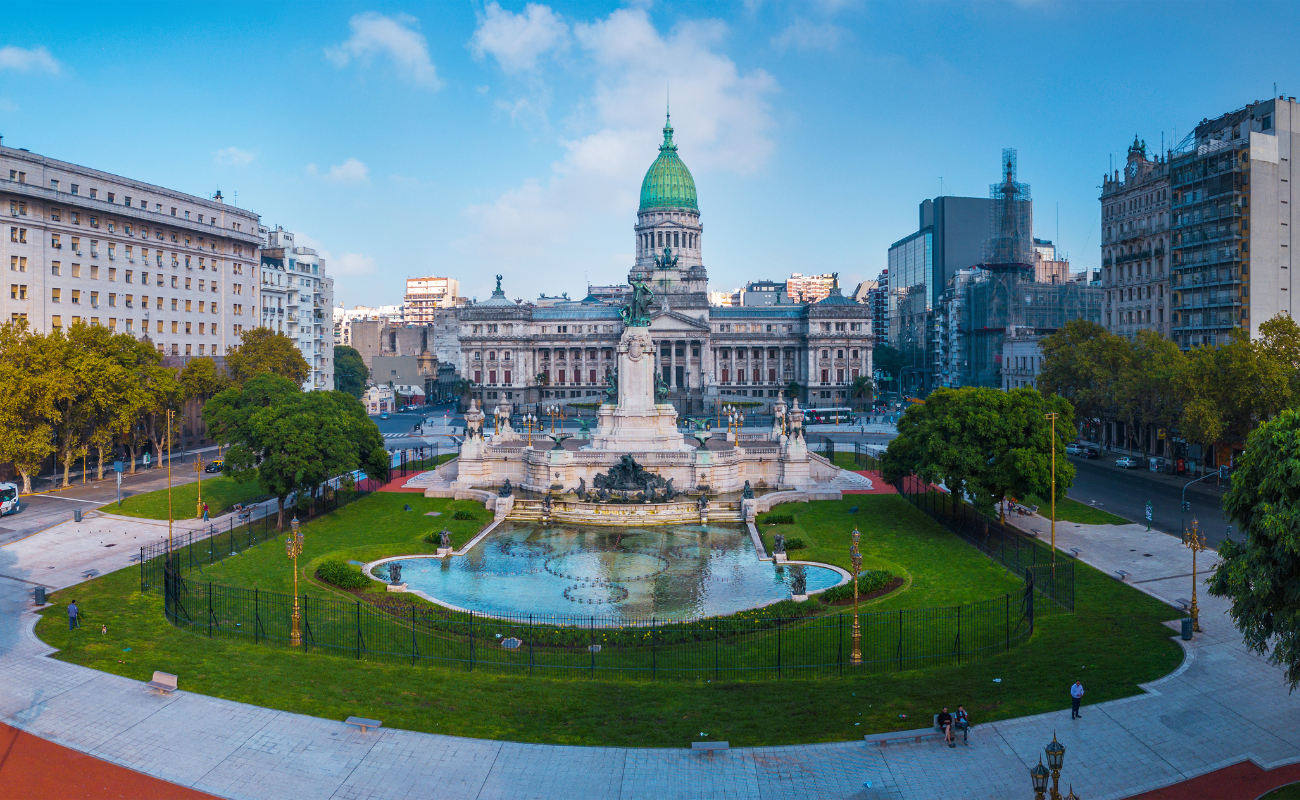
rgentina, a country that stretches across vast and diverse terrain, is a dream destination for adventure seekers, outdoor enthusiasts, and cultural travelers alike. From the arid Patagonian steppe to the lush jungles surrounding Iguazu Falls, Argentina offers breathtaking natural beauty and dynamic cultural experiences. Whether you’re a hiker eager to conquer the Andes or a traveler looking to sip world-class wine in Mendoza, Argentina’s landscapes promise unforgettable moments. In this guide, we’ll take you through some of the country’s most stunning regions and offer tips to make the most of your journey.
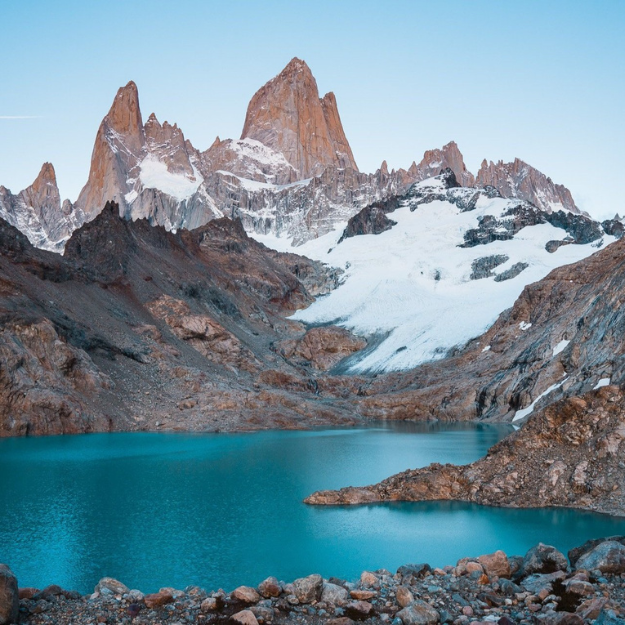
El Chaltén
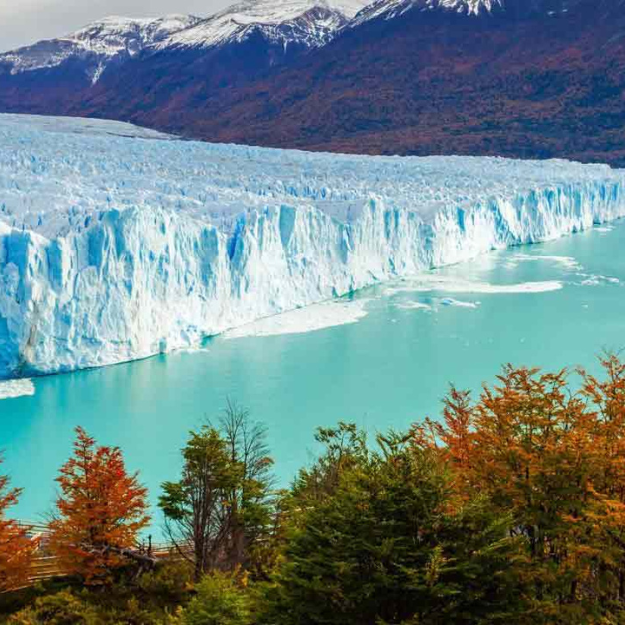
Perito Moreno Glacier
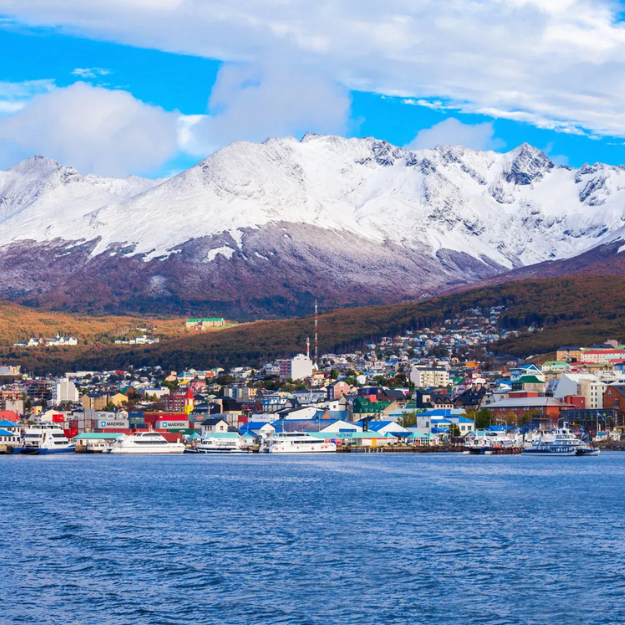
Ushuaia
Book Flights to Argentina
1. Patagonia: A Rugged Wilderness of Ice and Desert
Patagonia is the ultimate frontier for nature lovers. The southernmost region of Argentina offers a striking contrast between arid deserts and lush, glacier-fed lakes. It’s the land of towering peaks, massive ice fields, and unique wildlife. For adventurers, this is paradise.
- El Chaltén and Mount Fitz Roy: Known as Argentina’s trekking capital, El Chaltén provides access to some of Patagonia’s most dramatic landscapes. Hike the famous Laguna de los Tres trail for stunning views of Mount Fitz Roy, one of the most iconic peaks in the Andes.
- Perito Moreno Glacier: No visit to Patagonia is complete without seeing the Perito Moreno Glacier. Located in Los Glaciares National Park, this massive glacier is one of the few in the world still advancing. Witnessing large chunks of ice calving into Lake Argentino is a humbling and awe-inspiring experience.
- Ushuaia – The End of the World: Nestled on the southernmost tip of South America, Ushuaia is a gateway to Antarctica and the Tierra del Fuego National Park. Here, you can explore vast forests, spot wildlife like sea lions and penguins, and even take a boat tour along the Beagle Channel.
Travel Tip: The weather in Patagonia can be unpredictable, so pack layers and be prepared for cold winds, even in the summer. Plan your visit between November and March for the best trekking conditions.
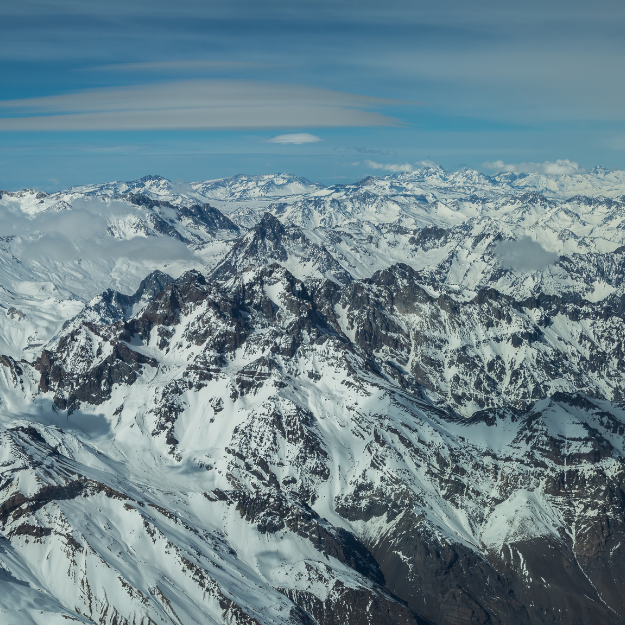
Andes Mountains
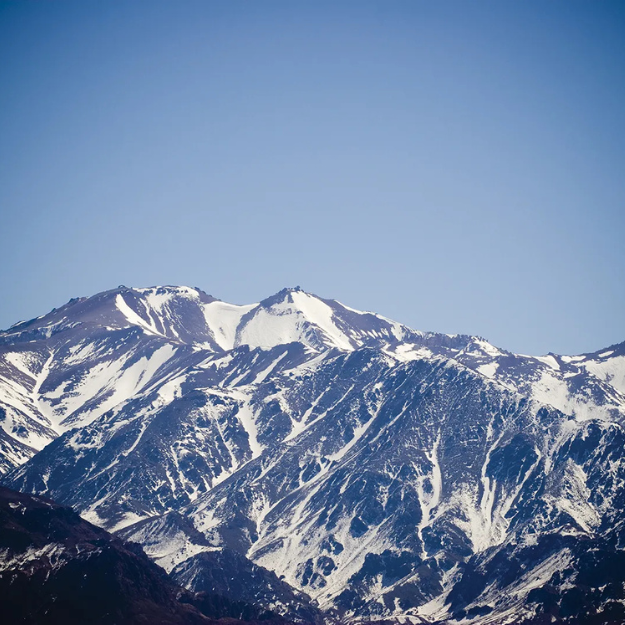
Aconcagua
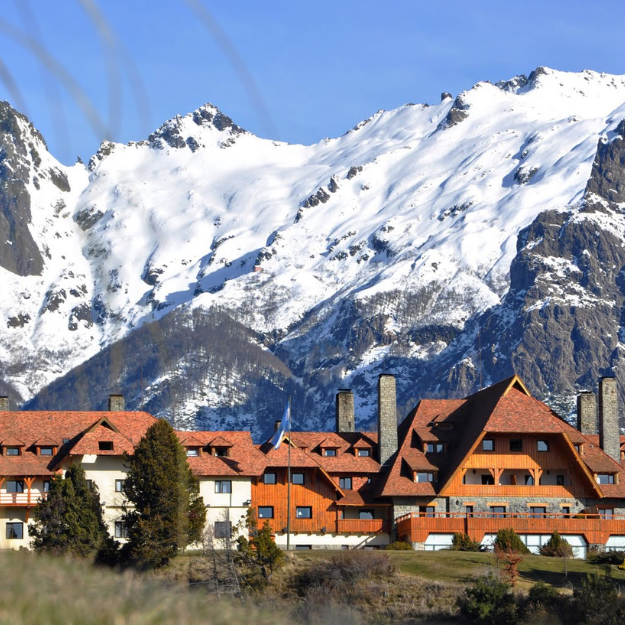
Santa Barbara
2. The Andes Mountains: Majestic Peaks and Alpine Adventures
The Andes range, stretching along Argentina’s western border, offers some of the world’s best mountaineering, trekking, and skiing experiences. With its towering peaks and vast open spaces, the Andes is a playground for adventurers.
- Aconcagua – The Roof of the Americas: Standing at 6,960 meters (22,837 feet), Aconcagua is the highest peak in the Southern and Western Hemispheres. Although climbing it is a serious endeavor requiring experience, there are lower-elevation treks and routes available for those looking to experience its grandeur without scaling the summit.
- Bariloche: Located in the northern Patagonia region, Bariloche is a popular destination for skiing in winter and hiking in summer. Surrounded by lakes and mountains, this town is known for its Swiss-inspired architecture and chocolate shops, offering both adventure and relaxation.
Travel Tip: If you’re not an experienced mountaineer but still want to experience the Andes, consider trekking in the Mendoza region or exploring more accessible trails in Bariloche. Guided tours are widely available for all skill levels.
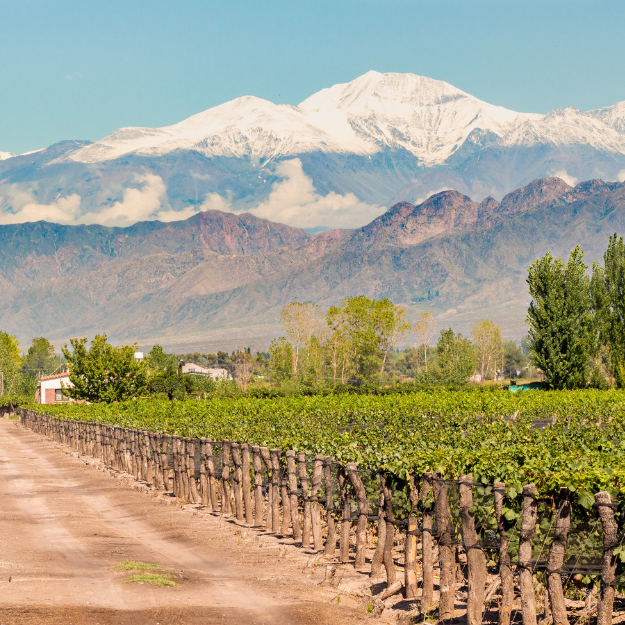
Mendoza
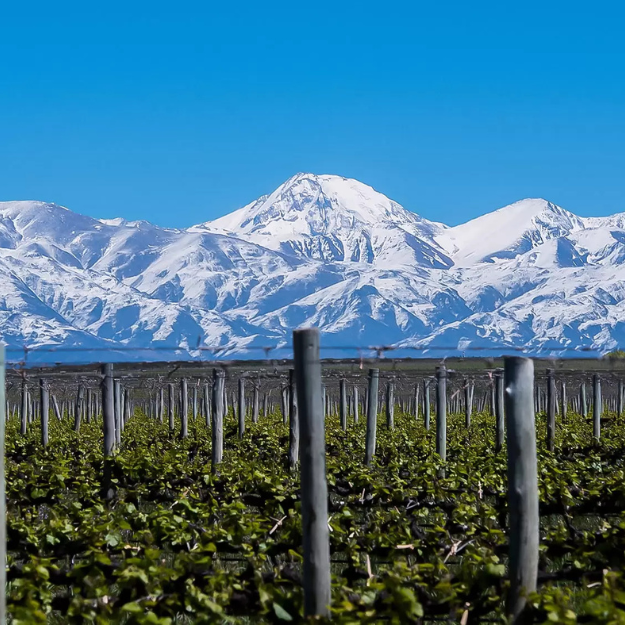
Luján de Cuyo
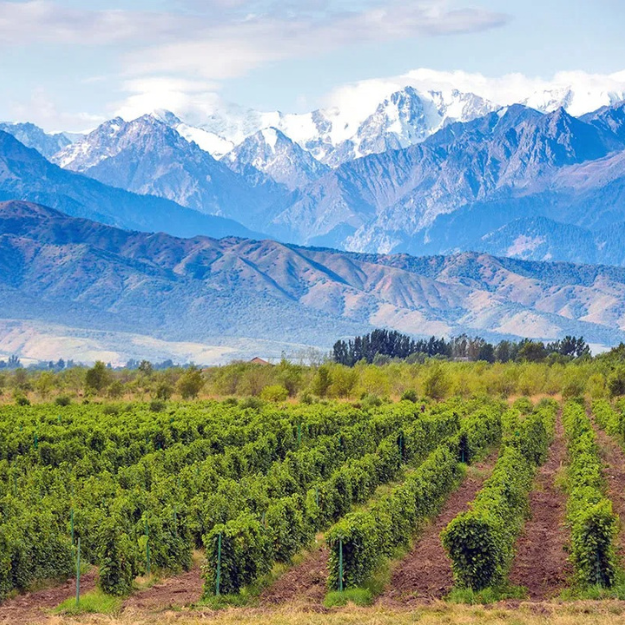
Uco Valley
3. Mendoza: Argentina’s Premier Wine Region
Nestled in the shadow of the Andes, Mendoza is world-renowned for its Malbec wine and stunning vineyard landscapes. The region’s high altitude and sunny climate make it the perfect place to sip wine while gazing at the mountains.
- Wine Tours: The wineries (bodegas) of Mendoza offer tours and tastings that range from intimate family-run operations to expansive estates. The Luján de Cuyo and Uco Valley regions are particularly famous for their Malbec, Cabernet Sauvignon, and Tempranillo.
- Adventure in the Vineyards: While wine tasting is the main attraction, Mendoza is also a hub for outdoor adventure. Horseback riding through the vineyards or cycling from winery to winery is a popular way to explore the region while taking in the scenery.
Travel Tip: Harvest season (March and April) is a particularly festive time to visit Mendoza, with many vineyards hosting events and celebrations. However, the region is beautiful year-round, and tastings are available in any season.
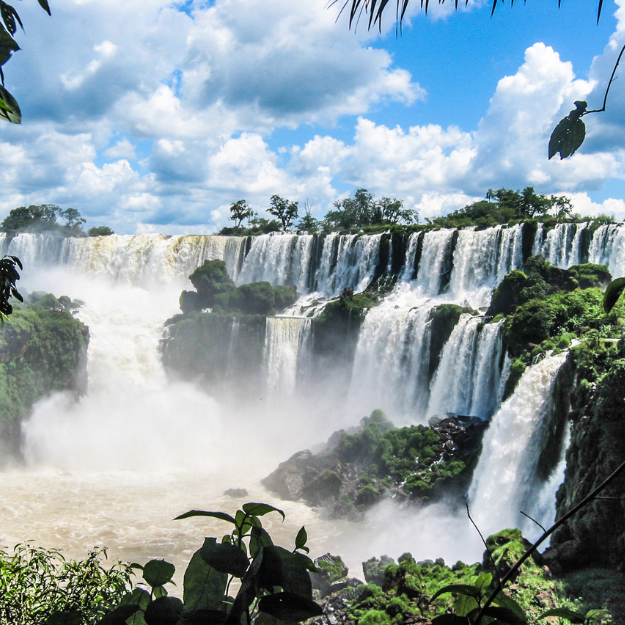
Iguazu Falls
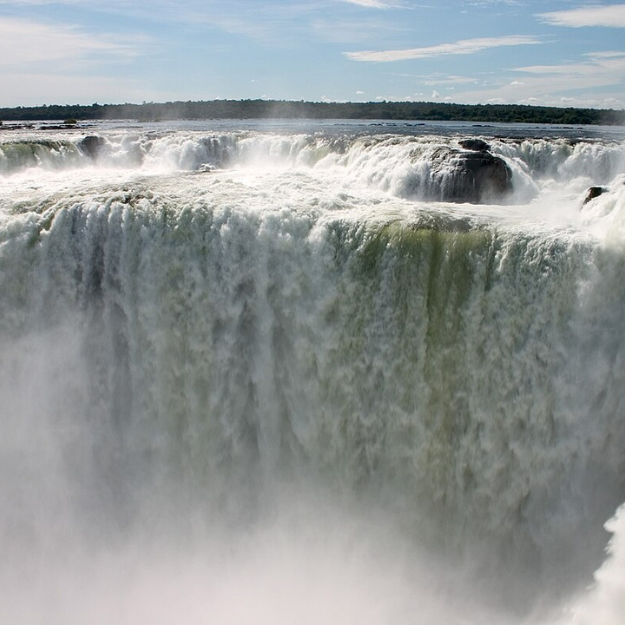
Devil’s Throat (Garganta del Diablo)
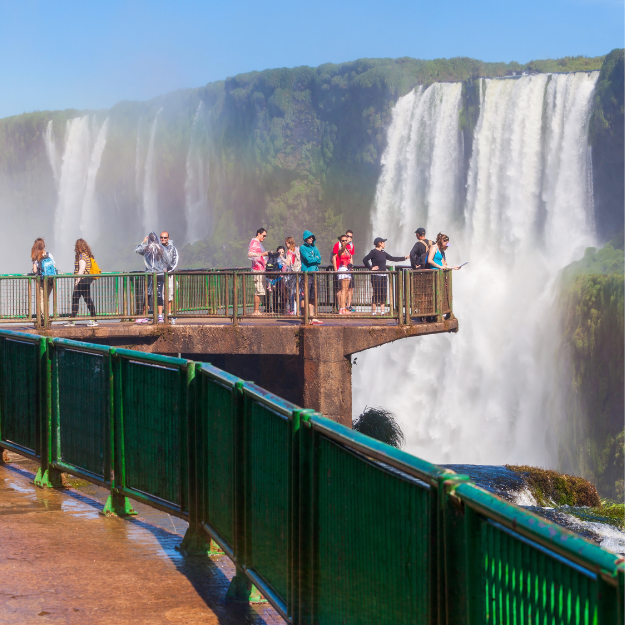
Iguazu Falls
4. Iguazu Falls: A Jungle Paradise
In the far northeast of Argentina, where the country meets Brazil and Paraguay, lies one of the most spectacular natural wonders in the world—Iguazu Falls. These massive waterfalls, which consist of nearly 300 separate cascades, are set in a lush, subtropical jungle teeming with wildlife.
- Devil’s Throat (Garganta del Diablo): The largest and most dramatic of the falls, the Devil’s Throat is a must-see. A series of walkways bring visitors up close to the roaring cascades, where you’ll feel the mist on your face as the water plunges over the cliffs.
- Exploring the Rainforest: Beyond the falls, the surrounding jungle is home to diverse flora and fauna, including colorful birds, monkeys, and even jaguars. Take a boat tour for a thrilling ride through the rapids or explore the many hiking trails that wind through the national park.
Travel Tip: Iguazu Falls is at its most powerful during the rainy season (December to February), though it’s also the busiest time for tourism. For a quieter experience, visit during the shoulder seasons (March to May or September to November).
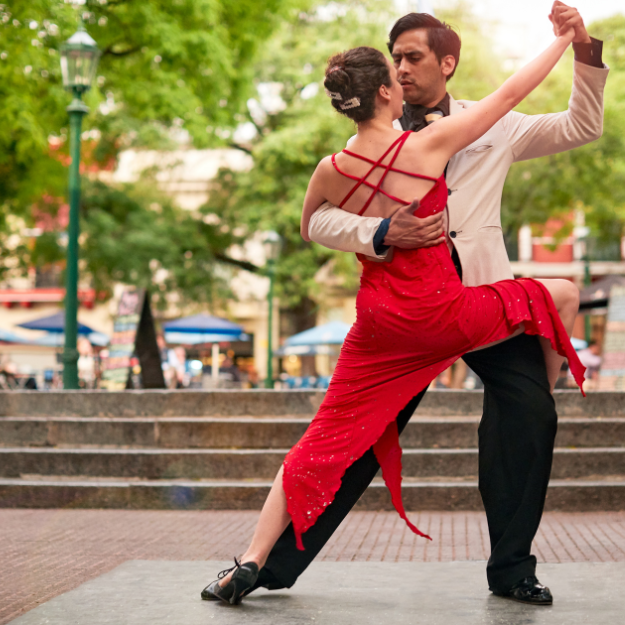
Tango in San Telmo
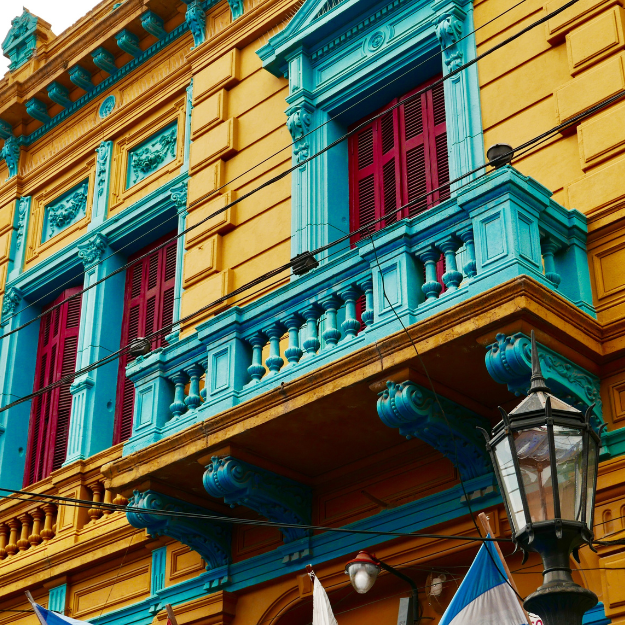
La Boca
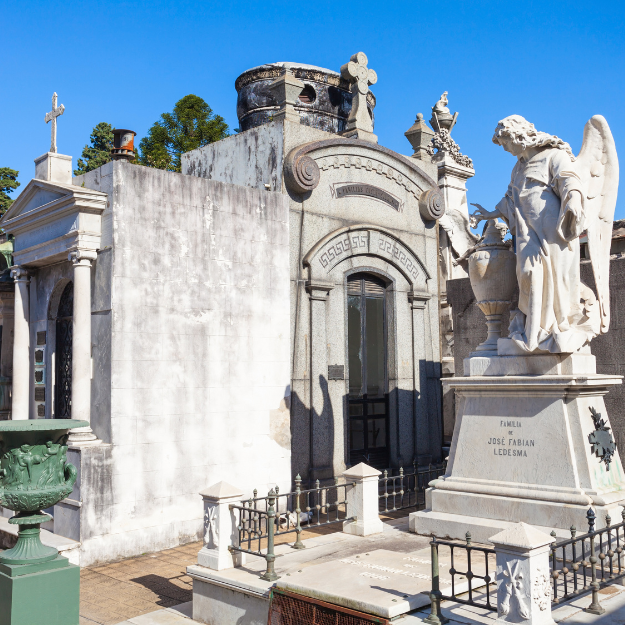
Recoleta Cemetery
5. Buenos Aires: Tango, Culture, and Vibrant Streets
After experiencing Argentina’s wild landscapes, end your trip in the country’s capital, Buenos Aires. This city is a bustling mix of European elegance and Latin American passion, where vibrant neighborhoods, historical sites, and cultural experiences await.
-
Tango in San Telmo: Tango, the passionate dance that originated in Buenos Aires, is an essential part of Argentine culture. In the historic San Telmo district, you’ll find milongas (tango clubs) where locals and visitors alike can watch or participate in tango dancing. If you’re new to tango, consider taking a beginner’s lesson to experience this cultural art form firsthand.
-
Explore La Boca: Known for its colorful houses and rich history, La Boca is another must-visit neighborhood. Walk along the famous Caminito Street to take in the vibrant atmosphere, street performers, and local art.
-
Recoleta Cemetery and Palermo: Wander through Recoleta’s lavish cemetery, where you’ll find the resting places of many famous Argentines, including Eva Perón. Then, head to the hip Palermo district for trendy cafes, art galleries, and boutiques.
Travel Tip: Buenos Aires is known for its late-night culture. Restaurants often don’t fill up until after 9 PM, and tango shows or milongas go well into the night. Pace yourself and embrace the city’s energetic rhythm.
Conclusion
From the glaciers of Patagonia to the subtropical jungles of Iguazu, Argentina offers a stunning variety of landscapes to explore. Whether you’re hiking in the Andes, sipping wine in Mendoza, or dancing tango in Buenos Aires, Argentina’s natural beauty and cultural richness are sure to leave an indelible mark on your soul.
Pack your sense of adventure and get ready to discover a land where diverse terrains meet a vibrant cultural heart. Your ultimate Argentinian adventure awaits!
